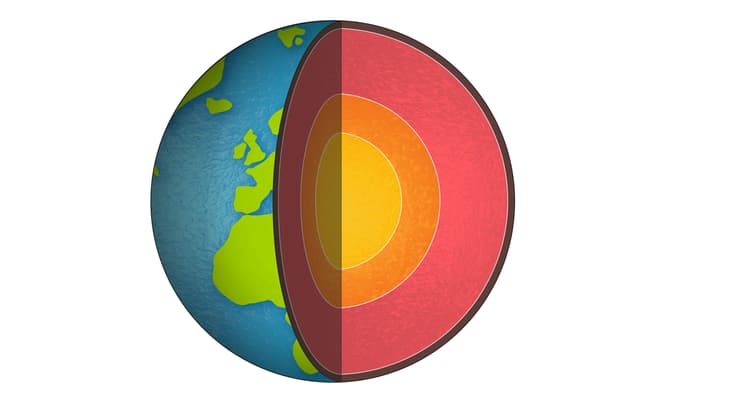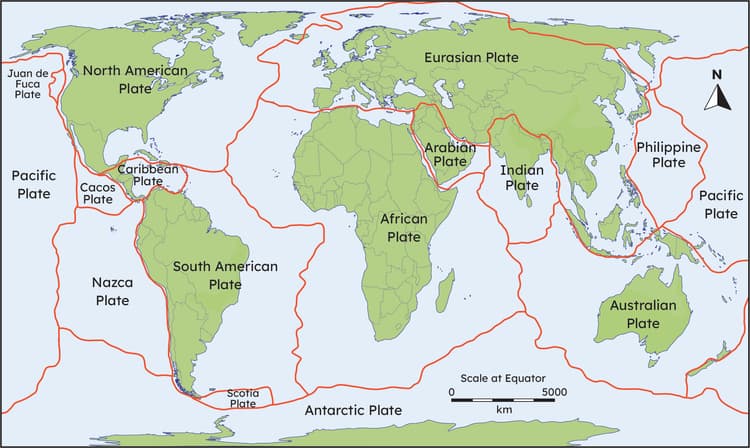Myths about teaching can hold you back
- Year 6
- Year 6
Measuring earthquakes
I can describe and explain how we measure earthquakes.
These resources were made for remote use during the pandemic, not classroom teaching.
Switch to our new teaching resources now - designed by teachers and leading subject experts, and tested in classrooms.
Lesson details
Key learning points
- The focus of an earthquake is deep underground - seismic waves radiate out from the focus.
- The epicentre is on the surface, directly above the focus and is where the earthquake is felt most strongly.
- The power of an earthquake is called its magnitude and is measured on the Richter scale.
Keywords
Focus - The point inside Earth’s crust where the earthquake starts is called the focus.
Epicentre - The epicentre is the point on Earth's surface directly above the focus of an earthquake.
Seismic waves - Seismic waves are vibrations that travel through Earth generated by an earthquake or an explosion.
Magnitude - Magnitude is a measure of the size of the seismic waves generated by an earthquake.
Common misconception
Earthquakes are their strongest at their epicentre.
Earthquakes are felt their strongest at their epicentre as that is where humans first feel them. Earthquakes are actually their strongest at their focus point, but humans do not feel them until seismic waves have travelled through the Earth's crust.
To help you plan your year 6 geography lesson on: Measuring earthquakes, download all teaching resources for free and adapt to suit your pupils' needs...
To help you plan your year 6 geography lesson on: Measuring earthquakes, download all teaching resources for free and adapt to suit your pupils' needs.
The starter quiz will activate and check your pupils' prior knowledge, with versions available both with and without answers in PDF format.
We use learning cycles to break down learning into key concepts or ideas linked to the learning outcome. Each learning cycle features explanations with checks for understanding and practice tasks with feedback. All of this is found in our slide decks, ready for you to download and edit. The practice tasks are also available as printable worksheets and some lessons have additional materials with extra material you might need for teaching the lesson.
The assessment exit quiz will test your pupils' understanding of the key learning points.
Our video is a tool for planning, showing how other teachers might teach the lesson, offering helpful tips, modelled explanations and inspiration for your own delivery in the classroom. Plus, you can set it as homework or revision for pupils and keep their learning on track by sharing an online pupil version of this lesson.
Explore more key stage 2 geography lessons from the Earthquakes: how do they change the world? unit, dive into the full primary geography curriculum, or learn more about lesson planning.

Content guidance
- Depiction or discussion of violence or suffering
Supervision
Adult supervision required
Licence
Prior knowledge starter quiz
6 Questions
Q1.In the event of an earthquake, ....
Q2.What is the layer in the centre of Earth?

Q3.Order the layers of Earth into their correct order starting with the outer most layer.
Q4.What is the largest layer of Earth?
Q5.What are these?



